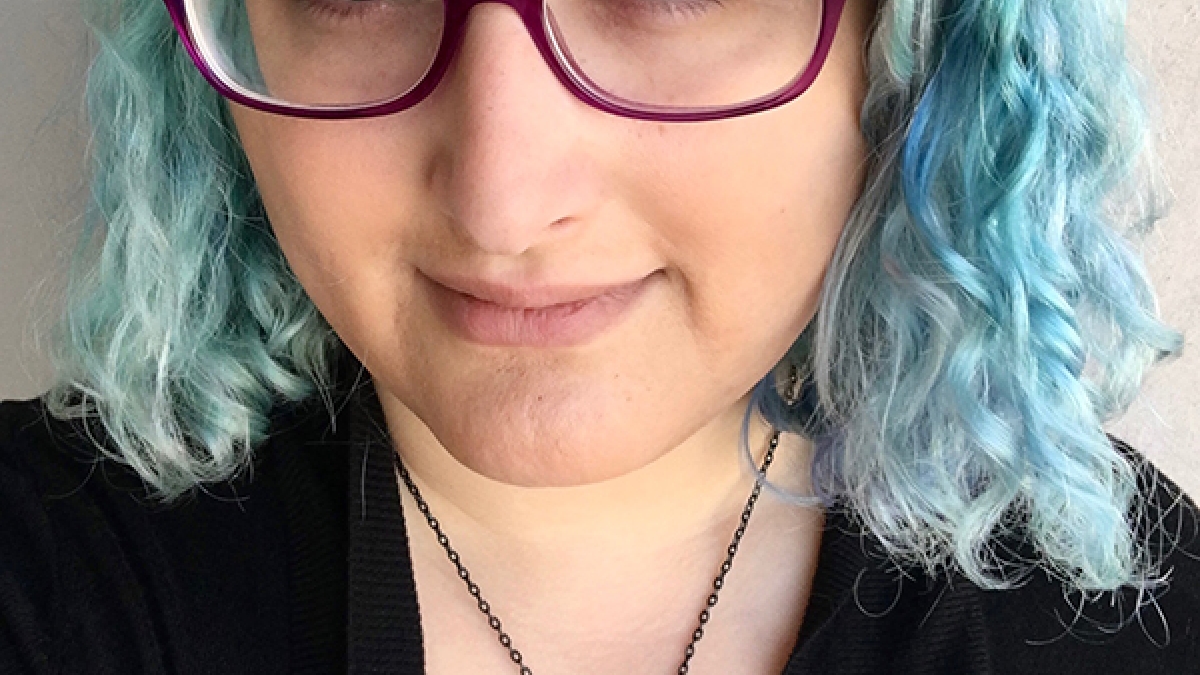New ASU music composition professor combines iconic sounds to create new meanings

Alex Temple
Composer Alex Temple has joined the Arizona State University School of Music in the Herberger Institute for Design and the Arts as an assistant professor of music composition.
“I have taught a variety of repertoire, with an eye toward its social, cultural and historical context, and have worked with composition students writing in a wide range of genres — from EDM, chamber pop and algorithmic composition to experimental music theater — that I will bring to ASU,” Temple said. “I hope to also provide a distinct and perhaps idiosyncratic perspective for students with my own set of specializations — polystylism, queer and trans music and the history of electronic music in advertising.”
Heather Landes, director of the School of Music, said Temple will bring a lot to the school and its students.
“We are thrilled to welcome Alex Temple to our faculty,” Landes said. “She brings an abundance of creative ideas, a versatile approach to music creation, a collaborative spirit and a passion for teaching to our program.”
As someone who loves both the Western classical tradition and the world of pop culture, Temple said she prefers to look for points of connection between things that are not supposed to belong together, distorting and combining iconic sounds to create new meanings — often in service of surreal, cryptic or fantastical stories. She is particularly interested in reclaiming socially disapproved-of “cheesy” sounds, playing with the boundary between funny and frightening and investigating lost memories and secret histories.
“I really admire the School of Music's dedication to aesthetic and stylistic diversity,” Temple said. “Composers have a tendency to divide themselves into opposing camps — traditionalists vs. radicals, populists vs. specialists, and so on. I am eager to be joining a school that emphasizes social engagement and collaboration.”
Temple said she has always enjoyed working with other composers and helping each other improve their works, so when she was offered the opportunity to teach composition lessons in graduate school she was ecstatic.
“I love the delicate balancing act of working with composition students — the tension between, on the one hand, offering as much information and advice as possible, and on the other, making sure you are not imposing your own vision on someone else's work,” Temple said.
In addition to performing her own works for voice and electronics, Temple has collaborated with performers and ensembles, played keyboards with a chamber-rock group, and made sounds using her voice, synthesizers and various household objects with the ensemble a·pe·ri·od·ic. She is now working on a time-travel neo-noir monodrama.
Temple received her Doctor of Musical Arts at Northwestern University, her Master of Music from the University of Michigan and her Bachelor of Arts from Yale University.
Between earning her graduate level degrees, she spent two years in New York working with the New York Youth Symphony’s Making Score program for young composers.